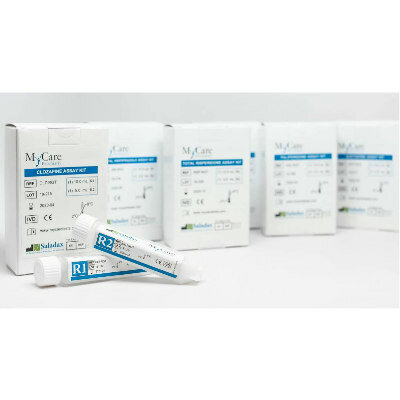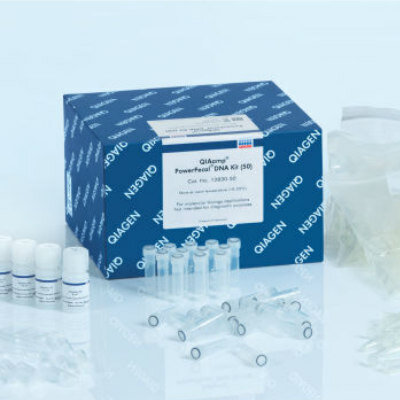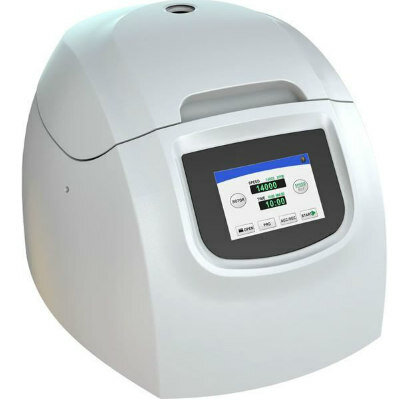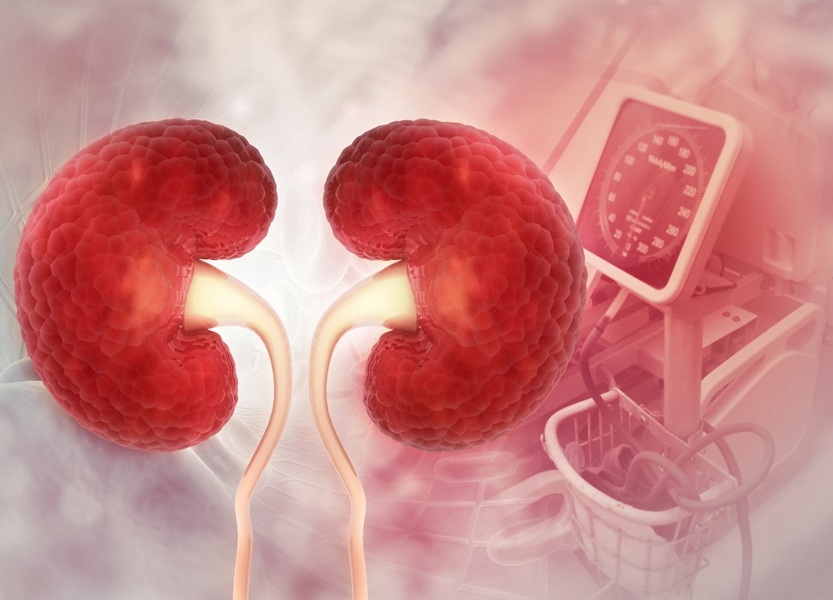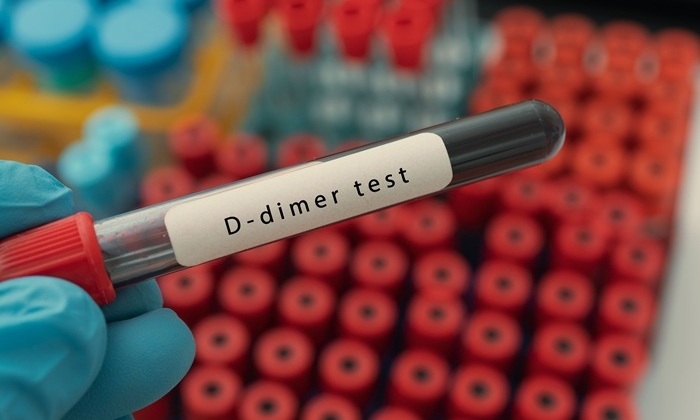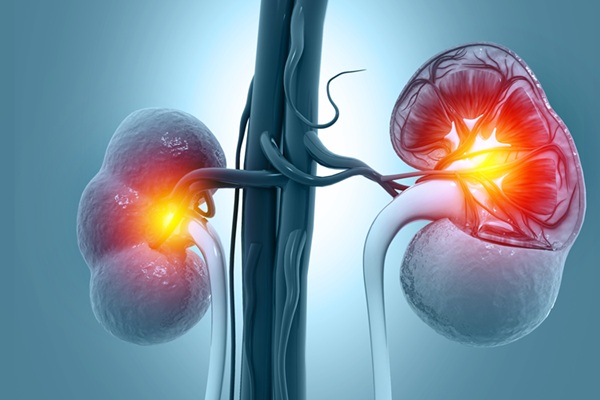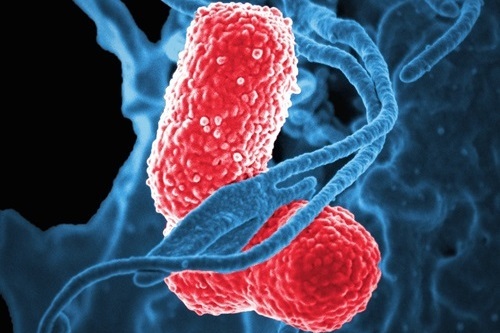Clinical Specificity of RBC Alloantibodies Studied in Pregnant Women
|
By LabMedica International staff writers Posted on 05 Sep 2019 |
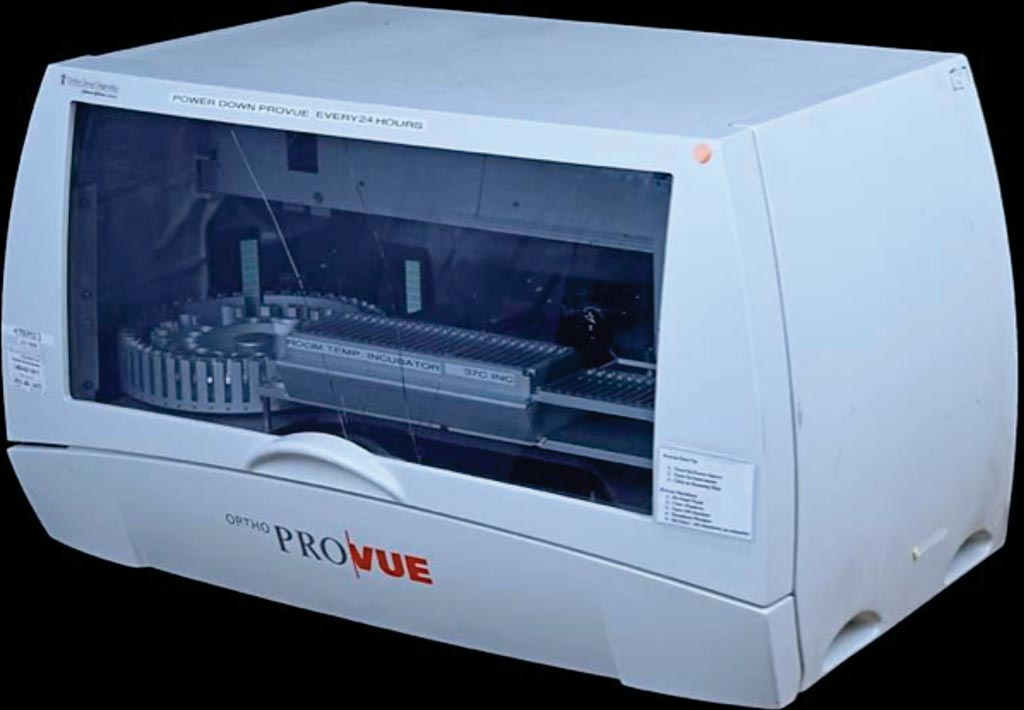
Image: The Ortho ProVue automated blood bank analyzer (Photo courtesy of Ortho Clinical Diagnostics).
Maternal red cell immunoglobulin G (IgG) antibodies can cross the placenta and cause hemolysis of fetal red cells in case of antigenic differences between maternal and fetal red blood cells (RBCs), leading to hemolytic disease of the fetus and newborn (HDFN).
Although the incidence of anti-D associated HDFN has drastically reduced with Rh immune globulin prophylaxis, HDFN due to other maternal red cell alloantibodies still remains a concern. Prevalence and specificities of clinically significant red cell alloantibodies in pregnant females have rarely been reported in the USA.
Medical Laboratory Scientists at the Beaumont Hospital (Royal Oak, MI, USA) conducted a retrospective chart review to determine the prevalence and specificity of clinically significant red cell alloantibodies in pregnant females who delivered at the hospital between May 1, 2017, and December 31, 2017. A total of 4,545 pregnant females with a valid ABO/RhD type and valid red cell antibody screen were included. ABO/RhD typing and antibody screening were performed using the gel card methodology with automated blood bank analyzers Ortho ProVue, whereas the specificity of antibodies was identified with indirect antiglobulin testing using the manual gel card methodology.
The team reported that out of the 4,545 females, 440 had a positive red cell antibody screen. Of these 440 females, 34 had clinically significant alloantibodies, giving an overall prevalence of 0.74%. Anti-E was the most frequently identified significant alloantibody followed by anti-K. The most prevalent significant alloantibodies in RhD positive and RhD negative females were anti-E and anti-K, respectively. Significant association was found between RhD type and the presence of clinically significant alloantibodies amongst females with a positive antibody screen. Out of 34 females with clinically significant red cell alloantibodies, six (17.6%) females had more than one clinically significant alloantibody; all of them being multigravida, indicating a higher risk of multiple red cell alloimmunization with subsequent pregnancies.
The authors concluded that anti-E and anti-K were the two most frequently identified clinically significant red cell alloantibodies in their study population. The findings of the study aim to re-emphasize the importance of screening and detection of red cell alloantibodies early in pregnancy to help identify and appropriately manage high-risk pregnancies, in addition to increasing the understanding amongst pregnant females about these antibodies and the associated risk of HDFN. The study was published on August 13, 2019, in the Journal of Blood Medicine.
Related Links:
Beaumont Hospital
Although the incidence of anti-D associated HDFN has drastically reduced with Rh immune globulin prophylaxis, HDFN due to other maternal red cell alloantibodies still remains a concern. Prevalence and specificities of clinically significant red cell alloantibodies in pregnant females have rarely been reported in the USA.
Medical Laboratory Scientists at the Beaumont Hospital (Royal Oak, MI, USA) conducted a retrospective chart review to determine the prevalence and specificity of clinically significant red cell alloantibodies in pregnant females who delivered at the hospital between May 1, 2017, and December 31, 2017. A total of 4,545 pregnant females with a valid ABO/RhD type and valid red cell antibody screen were included. ABO/RhD typing and antibody screening were performed using the gel card methodology with automated blood bank analyzers Ortho ProVue, whereas the specificity of antibodies was identified with indirect antiglobulin testing using the manual gel card methodology.
The team reported that out of the 4,545 females, 440 had a positive red cell antibody screen. Of these 440 females, 34 had clinically significant alloantibodies, giving an overall prevalence of 0.74%. Anti-E was the most frequently identified significant alloantibody followed by anti-K. The most prevalent significant alloantibodies in RhD positive and RhD negative females were anti-E and anti-K, respectively. Significant association was found between RhD type and the presence of clinically significant alloantibodies amongst females with a positive antibody screen. Out of 34 females with clinically significant red cell alloantibodies, six (17.6%) females had more than one clinically significant alloantibody; all of them being multigravida, indicating a higher risk of multiple red cell alloimmunization with subsequent pregnancies.
The authors concluded that anti-E and anti-K were the two most frequently identified clinically significant red cell alloantibodies in their study population. The findings of the study aim to re-emphasize the importance of screening and detection of red cell alloantibodies early in pregnancy to help identify and appropriately manage high-risk pregnancies, in addition to increasing the understanding amongst pregnant females about these antibodies and the associated risk of HDFN. The study was published on August 13, 2019, in the Journal of Blood Medicine.
Related Links:
Beaumont Hospital
Latest Hematology News
- New Scoring System Predicts Risk of Developing Cancer from Common Blood Disorder
- Non-Invasive Prenatal Test for Fetal RhD Status Demonstrates 100% Accuracy
- WBC Count Could Predict Severity of COVID-19 Symptoms
- New Platelet Counting Technology to Help Labs Prevent Diagnosis Errors
- Streamlined Approach to Testing for Heparin-Induced Thrombocytopenia Improves Diagnostic Accuracy
- POC Hemostasis System Could Help Prevent Maternal Deaths
- New Test Assesses Oxygen Delivering Ability of Red Blood Cells by Measuring Their Shape
- Personalized CBC Testing Could Help Diagnose Early-Stage Diseases in Healthy Individuals
- Non-Invasive Test Solution Determines Fetal RhD Status from Maternal Plasma
- First-Of-Its-Kind Smartphone Technology Noninvasively Measures Blood Hemoglobin Levels at POC

- Next Gen CBC and Sepsis Diagnostic System Targets Faster, Earlier, Easier Results
- Newly Discovered Blood Group System to Help Identify and Treat Rare Patients
- Blood Platelet Score Detects Previously Unmeasured Risk of Heart Attack and Stroke
- Automated Benchtop System to Bring Blood Testing To Anyone, Anywhere
- New Hematology Analyzers Deliver Combined ESR and CBC/DIFF Results in 60 Seconds
- Next Generation Instrument Screens for Hemoglobin Disorders in Newborns
Channels
Clinical Chemistry
view channel
Carbon Nanotubes Help Build Highly Accurate Sensors for Continuous Health Monitoring
Current sensors can measure various health indicators, such as blood glucose levels, in the body. However, there is a need to develop more accurate and sensitive sensor materials that can detect lower... Read more
Paper-Based Device Boosts HIV Test Accuracy from Dried Blood Samples
In regions where access to clinics for routine blood tests presents financial and logistical obstacles, HIV patients are increasingly able to collect and send a drop of blood using paper-based devices... Read moreMolecular Diagnostics
view channel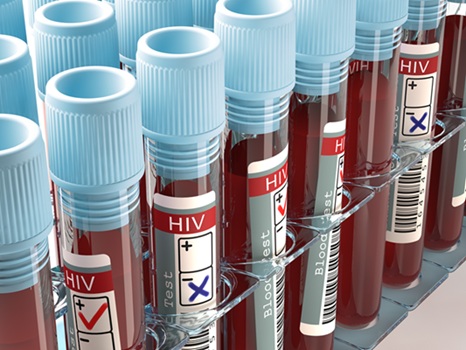
Novel Point-of-Care Technology Delivers Accurate HIV Results in Minutes
HIV diagnostic methods have traditionally relied on detecting HIV-specific antibodies, which typically appear weeks after infection. This delayed detection has hindered early diagnosis, complicating patient... Read more
Blood Test Rules Out Future Dementia Risk
Previous studies have suggested that specific biomarkers, such as tau217, Neurofilament Light (NfL), and Glial Fibrillary Acidic Protein (GFAP), may be valuable for early dementia diagnosis.... Read moreImmunology
view channel
Machine Learning-Enabled Blood Test Predicts Immunotherapy Response in Lymphoma Patients
Chimeric antigen receptor (CAR) T-cell therapy has emerged as one of the most promising recent developments in the treatment of blood cancers. However, over half of non-Hodgkin lymphoma (NHL) patients... Read more
Post-Treatment Blood Test Could Inform Future Cancer Therapy Decisions
In the ongoing advancement of personalized medicine, a new study has provided evidence supporting the use of a tool that detects cancer-derived molecules in the blood of lung cancer patients years after... Read moreMicrobiology
view channel
Breakthrough Diagnostic Technology Identifies Bacterial Infections with Almost 100% Accuracy within Three Hours
Rapid and precise identification of pathogenic microbes in patient samples is essential for the effective treatment of acute infectious diseases, such as sepsis. The fluorescence in situ hybridization... Read more
Innovative ID/AST System to Help Diagnose Infectious Diseases and Combat AMR
Each year, 11 million people across the world die of sepsis out of which 1.3 million deaths are due to antibiotic-resistant bacteria. The burden of antimicrobial resistance (AMR) continues to weigh heavily,... Read more
Gastrointestinal Panel Delivers Rapid Detection of Five Common Bacterial Pathogens for Outpatient Use
Acute infectious gastroenteritis results in approximately 179 million cases each year in the United States, leading to a significant number of outpatient visits and hospitalizations. To address this, a... Read morePathology
view channel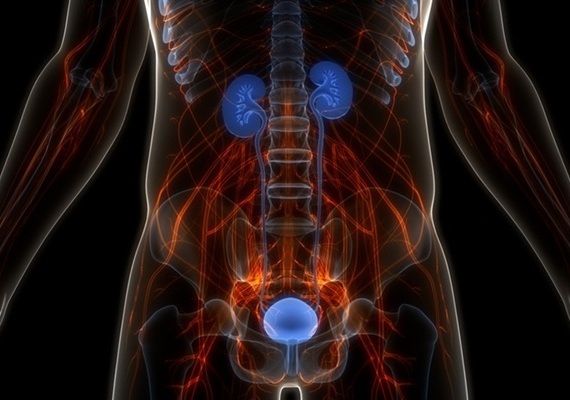
AI Model Predicts Patient Response to Bladder Cancer Treatment
Each year in the United States, around 81,000 new cases of bladder cancer are diagnosed, leading to approximately 17,000 deaths annually. Muscle-invasive bladder cancer (MIBC) is a severe form of bladder... Read more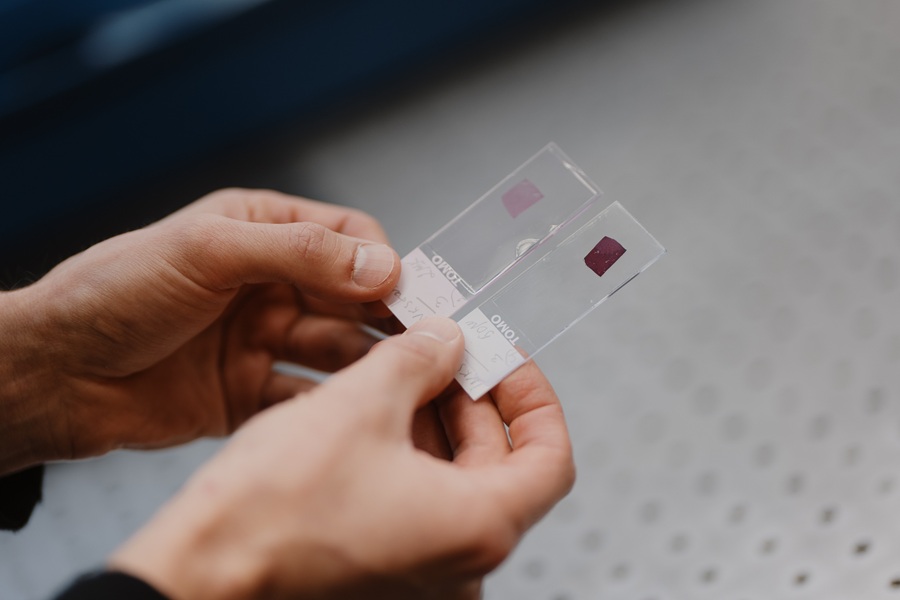
New Laser-Based Method to Accelerate Cancer Diagnosis
Researchers have developed a method to improve cancer diagnostics and other diseases. Collagen, a key structural protein, plays various roles in cell activity. A novel multidisciplinary study published... Read more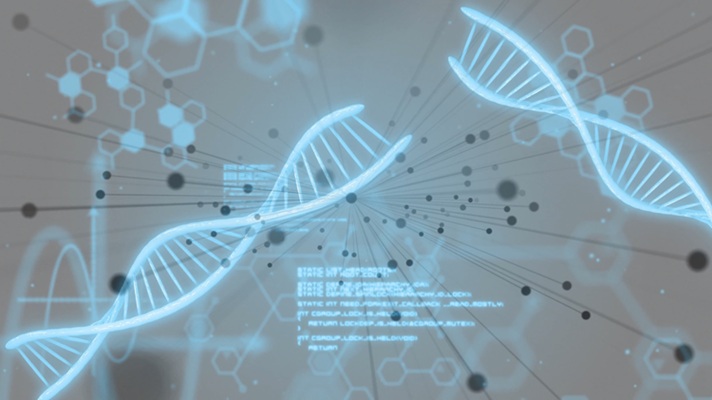
New AI Model Predicts Gene Variants’ Effects on Specific Diseases
In recent years, artificial intelligence (AI) has greatly enhanced our ability to identify a vast number of genetic variants in increasingly larger populations. However, up to half of these variants are... Read more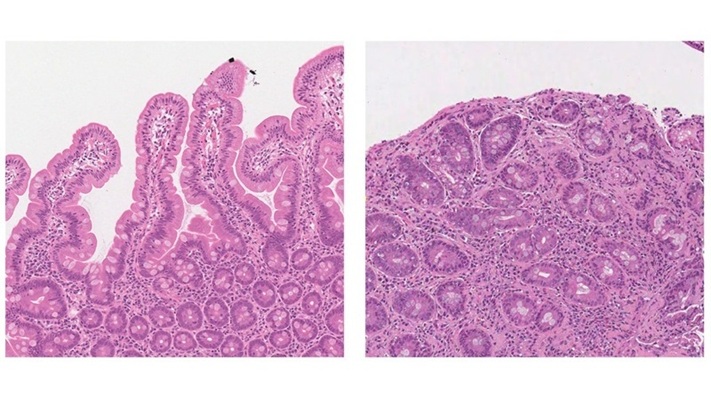
Powerful AI Tool Diagnoses Coeliac Disease from Biopsy Images with Over 97% Accuracy
Coeliac disease is an autoimmune disorder triggered by the consumption of gluten, causing symptoms such as stomach cramps, diarrhea, skin rashes, weight loss, fatigue, and anemia. Due to the wide variation... Read moreTechnology
view channel
Innovative, Label-Free Ratiometric Fluorosensor Enables More Sensitive Viral RNA Detection
Viruses present a major global health risk, as demonstrated by recent pandemics, making early detection and identification essential for preventing new outbreaks. While traditional detection methods are... Read more
Smartphones Could Diagnose Diseases Using Infrared Scans
Rapid advancements in technology may soon make it possible for individuals to bypass invasive medical procedures by simply uploading a screenshot of their lab results from their phone directly to their doctor.... Read more
Novel Sensor Technology to Enable Early Diagnoses of Metabolic and Cardiovascular Disorders
Metabolites are critical compounds that fuel life's essential functions, playing a key role in producing energy, regulating cellular activities, and maintaining the balance of bodily systems.... Read more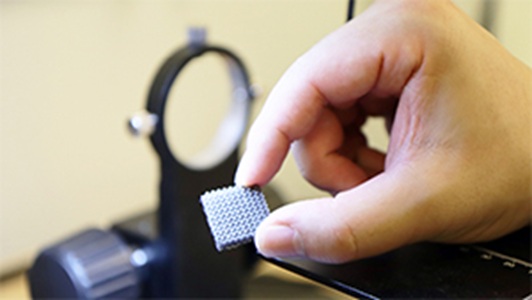
3D Printing Breakthrough Enables Large Scale Development of Tiny Microfluidic Devices
Microfluidic devices are diagnostic systems capable of analyzing small volumes of materials with precision and speed. These devices are used in a variety of applications, including cancer cell analysis,... Read moreIndustry
view channel
New Collaboration to Advance Microbial Identification for Infectious Disease Diagnostics
With the rise of global pandemics, antimicrobial resistance, and emerging pathogens, healthcare systems worldwide are increasingly dependent on advanced diagnostic tools to guide clinical decisions.... Read more




